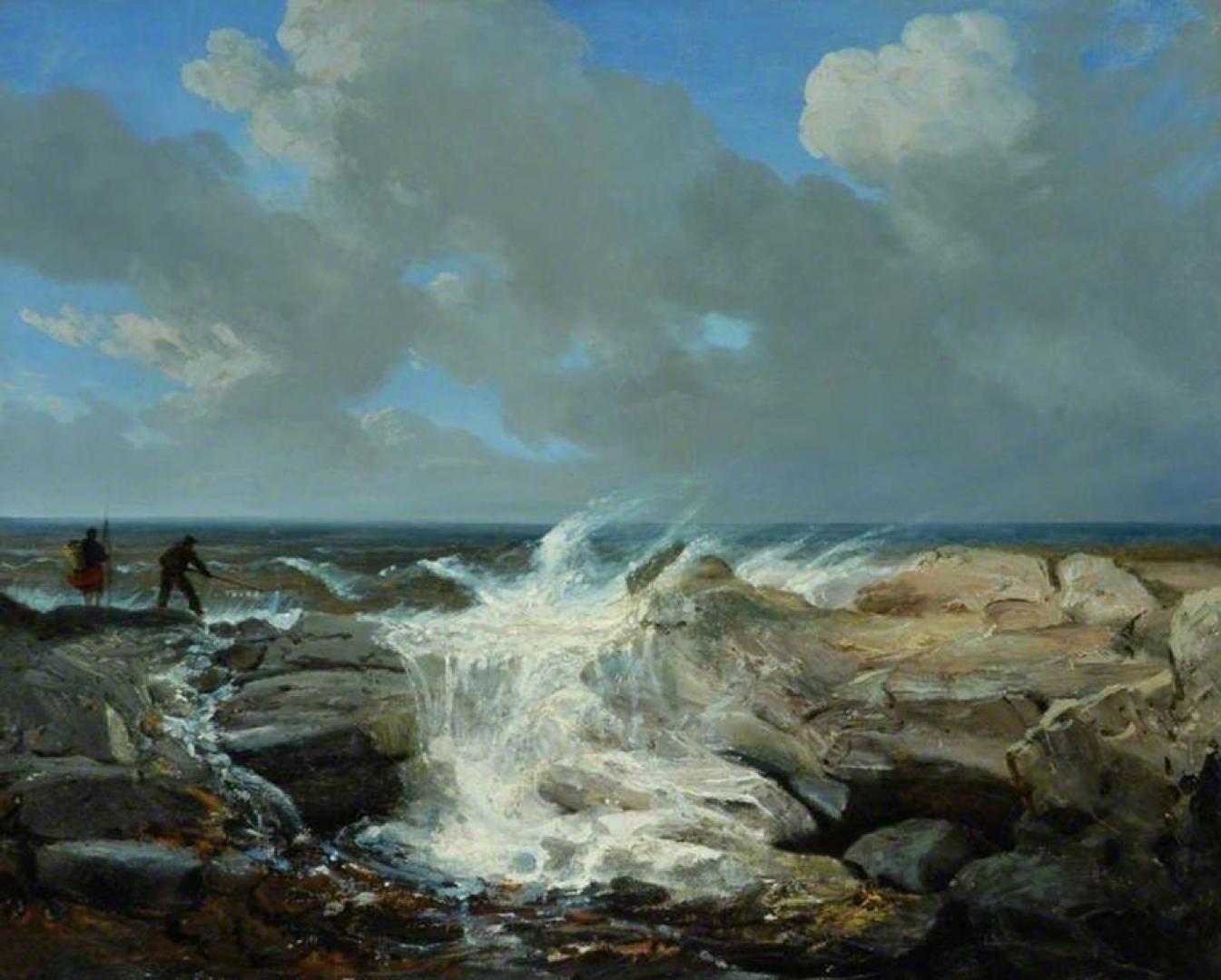In the latest of her occasional columns, Dorothy Blundell takes a sideways look at the collections of The Bowes Museum where she is a volunteer
WHY is the ocean green? Because the seaweed! A cracker-joke favourite, but it was no laughing matter for Josephine Bowes. She was terrified of the sea – famously so. A report appeared in the Sporting Times in the early 1900s from a correspondent whose business had taken him to the Admiralty Pier in Dover in the 1860s. He recounted how his attention was drawn to a man the sailors had dubbed Lord Samphire.
“I asked the reason, and was told that his wife, a French countess, was so awfully nervous of crossing the Channel that she would not do so unless there were two boats crossing at the same time and that he had to charter a special boat which must be the Samphire to go when his wife could make up her mind to cross. This hesitation often lasted for many days, even a week or so, steam being got up on calm mornings in case the boat was wanted. If passage was made, the lady insisted that the captain and another man each took her arm, generally walking the deck the whole time. I believe the passage alone cost Mr Bowes 60 guineas.”
Letters in the archives reveal that Bowes gave instructions for thank-you gifts of game to be sent at Christmas to the captains of the Dover Channel steamers. He thought highly of one Captain Jutelet. He and an English captain were the only two who had any influence with Josephine by placating her fears when she went on board.
Perhaps reading books about the sea would have helped Josephine confront her demons? In the museum library there are two curious volumes about marine plants and seaweed, both written by F Stenfort.
One is called Les Plantes de la Mer and was published in 1866. The other is called (in French) The Most Attractive Sea Plants: Method to Follow in the Research and Collection of Algae. After 23 pages of description there are pages for illustrations (plates), many of which contain pressed seaweed specimens.
This book is inscribed by the author to Loredan Larchey (1831-1902) who was curator at the Bibliothèque de l’Arsenal in Paris which contains a great many rare manuscripts and historical works. It seems likely that Larchey gave these sea plant books to Bowes, for the two men were good friends and sometime dining companions. Other books from him in the Bowes collection bear inscriptions “affectionate compliments” and “a memorial of friendship” . Larchey took an interest in the museum project and John Bowes consulted him about details of objects in the collection. When Larchey offered Bowes a choice of paintings from his private collection, he chose the portrait of Larchey himself, as a way of commemorating his friend’s generosity.
Meanwhile, views of the sea make up an appreciable part of The Bowes Museum collection. Five seascapes are by one of their artist friends, Baron Theodore Gudin. John Bowes paid 15,000 francs (£600), a huge sum then, for three of them. Gudin’s work, On the sands near Ostend, was described by Bowes: ‘An atmospheric effect of which the artist was proud. He presented this picture to Mrs Bowes’. Josephine’s pathological fear of the sea may explain why all of Gudin’s paintings are tranquil scenes.
And the upside of having to wait for calm conditions before crossing the Channel meant that Josephine had time to paint. One of her most advanced works, Squally Weather: A Sketch near Boulogne was accepted by the Paris Salon in 1870. This painting also had another title: Josephine’s friends called it ‘a portrait of your enemy’.
Explore the collection online at www.thebowes museum.org.uk.






